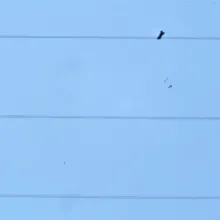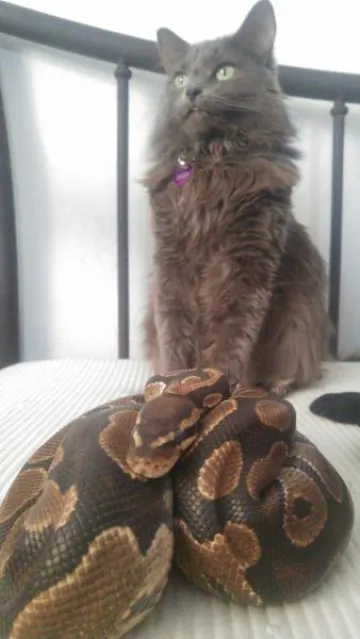Another Wavelength: Julie Frish

This month in Another Wavelength, we chat with 4th year Ph.D. candidate, Julie Frish.
Where are you from?
I grew up outside of Boston, Massachusetts where we drink iced coffee in the middle of winter and have some of the best road rage on the east coast.
What brought you to study optics?
My father actually works in optics so growing up I was always surrounded by it in some form. I have always been good at and enjoyed math, science, and computer technology so when I was applying for college it was recommended I go into engineering. During my freshman year, I learned about the different majors within engineering and decided to take an introductory course in optics because I already had some background and my dad was willing to help me with my homework. It just so happens that optics is really cool, so I got hooked and here I am!

Who is your hero in science?
Leonardo da Vinci's work is often overshadowed in the fields of math and science. Most commonly remembered for his work on human anatomy, da Vinci also explored areas such as botany, cartography, and even optics. Many of his famous paintings have distinct lighting and contrast, demonstrating his understanding of illumination. The combination of art and science creates a balance between creativity and critical thinking which leads to innovation. Additionally, he is a well known historical figure which creates discussions about science with those who may not have a deep understanding of math and physics.
Describe your research in 20 words or fewer.
Design, fabrication, and characterization of polymer waveguides.
Describe your research in 200 words or fewer.

I use a variety of polymers to develop waveguides for optical printed circuit boards. Using waveguides in lieu of typical electronic connections increases the speed at which data can be transferred and does not have limitations imposed by the need for electric charge or bit-rate storage. Polymers provide additional benefits for this process due to their ease of fabrication, low cost, and ability to be woven into existing technology.
Currently, I made waveguides through direct photopatterning and dry etching. When certain polymers are exposed to UV light, a chemical reaction occurs causing an increase in refractive index. This local change in index allows light to propagate through the core without the need for additional fabrication steps that traditionally require wet chemistry. Another method to fabricate polymer waveguides uses reactive ion etching to remove the polymer outside of the core region. A cladding of lower index can be applied over the polymer core to create the waveguide structure.
The waveguides are characterized by measuring the power loss as a function of distance when a fiber is coupled into the waveguide. Losses from the fabricated waveguides can be below 1dB/cm.
Name three neat facts about you:

1. I have been a group fitness instructor since 2014. What started with my desire to continue dancing by teaching Zumba classes quickly grew into teaching classes from resistance training to cycling. I am certified to teach most everything besides yoga and I currently work at three different gyms. If you're ever looking to get a fun workout in, come find me!
2. I have a small menagerie of (mostly) reptiles. Currently, I have four snakes, three geckos, a frog, a salamander, a skink, a cat, and a bunny. Ever since I was a child I have loved animals. One of my geckos that I have had for over 12 years was shipped from my home in Massachusetts to Arizona when I moved here! Eventually, I hope to own a small zoo or at least a farm.
3. I have been a vegetarian for 13 years.
